-
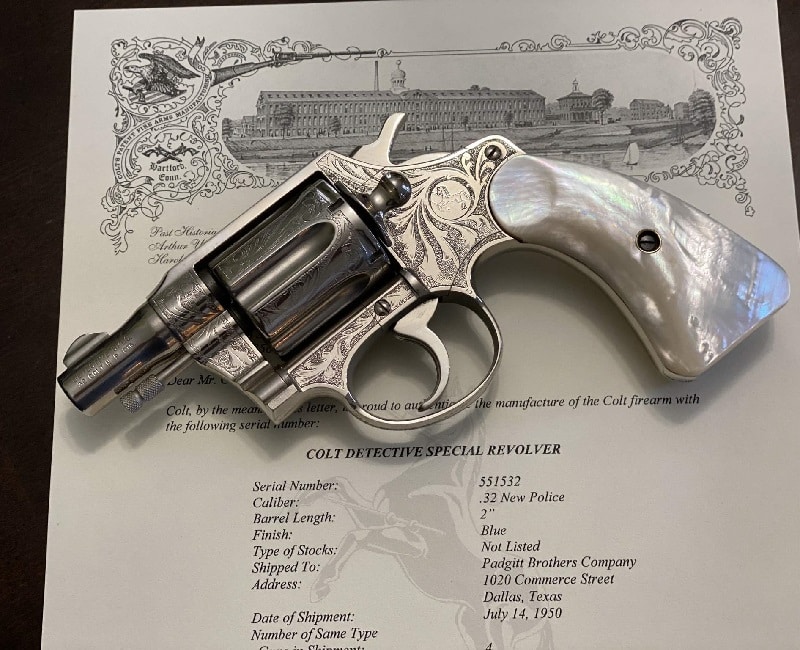 1950 Colt Detective Special
1950 Colt Detective Special.32 Caliber
-
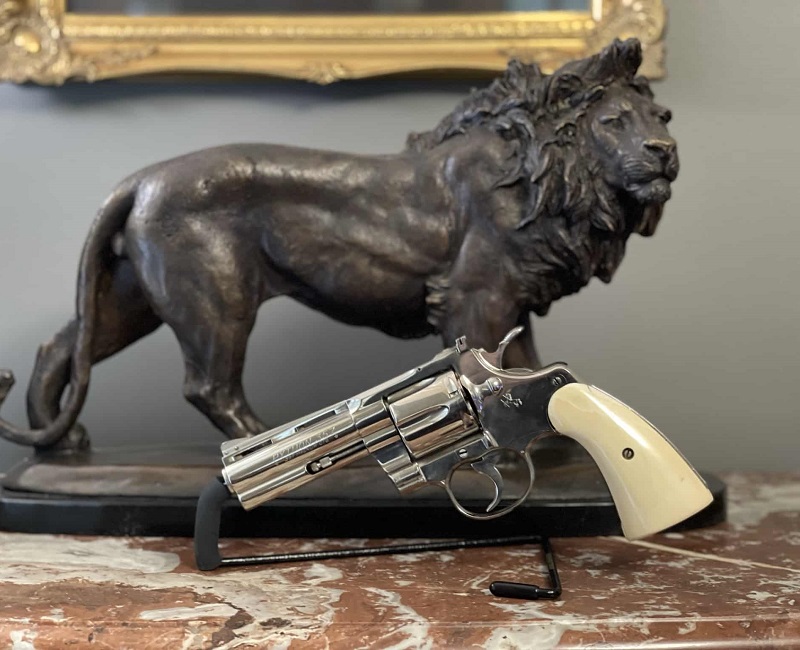 1962 Colt Python
1962 Colt Python.357 Magnum
-
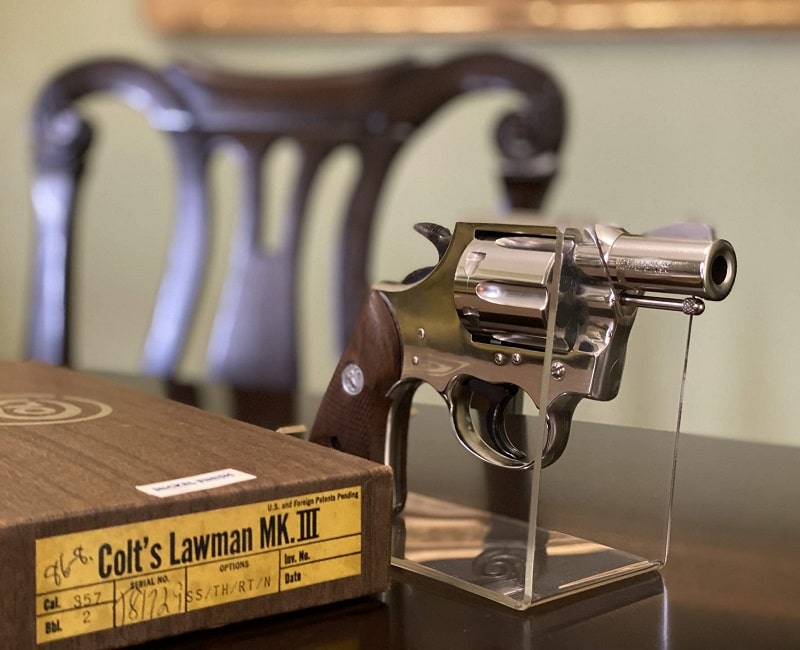 1972 Colt Lawman MkIII
1972 Colt Lawman MkIII.357 Magnum
-
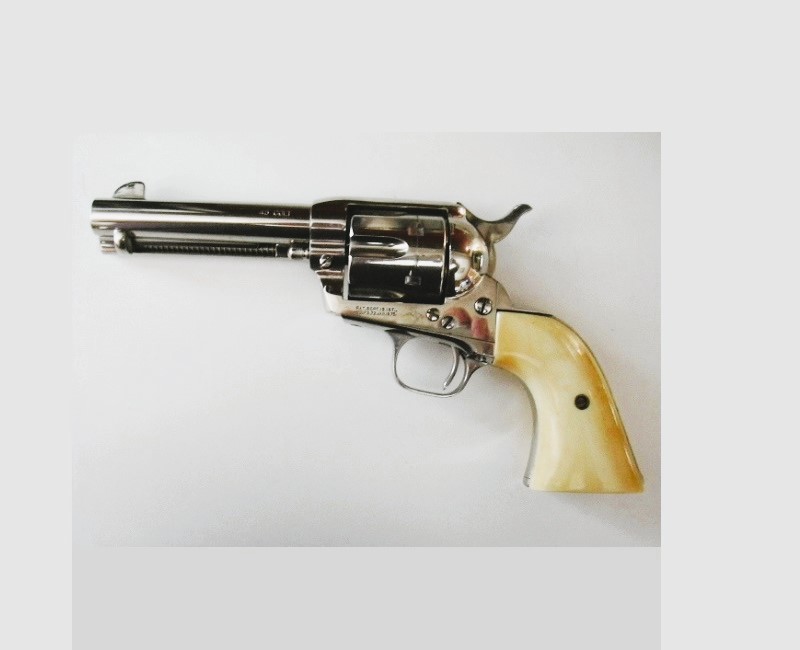 Single Action Army
Single Action Army.45 Peacemaker
-
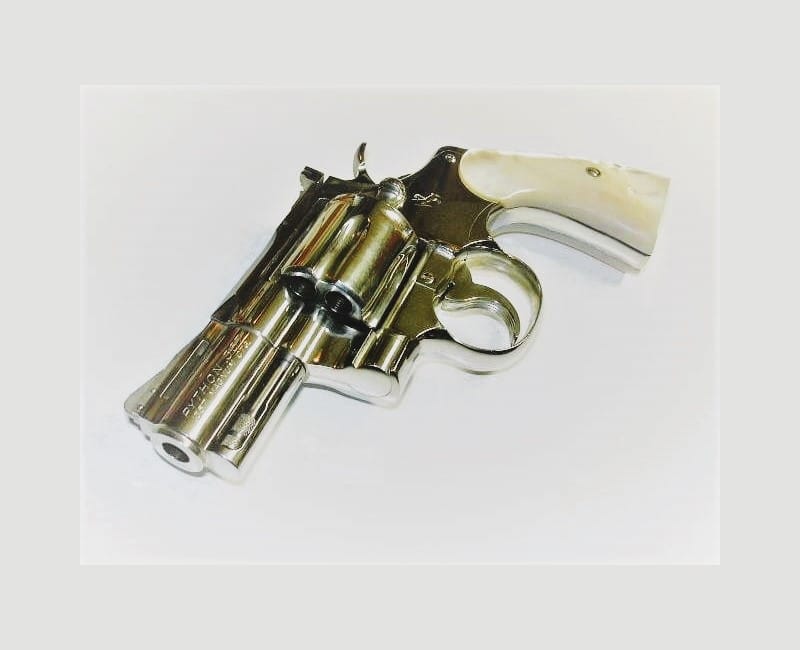 1965 Colt Python
1965 Colt Python.357 Magnum
-
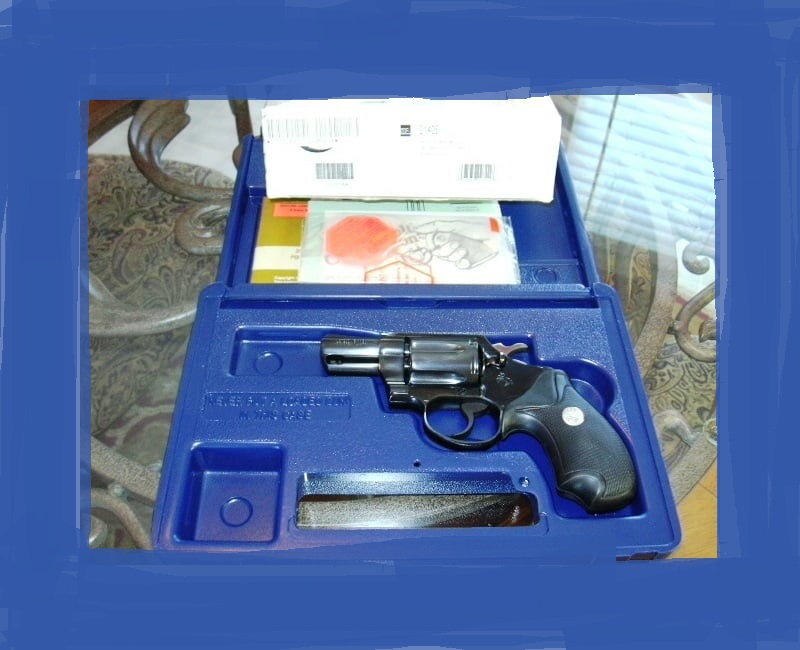 1995 Colt Detective Special
1995 Colt Detective Special.38 Special
-
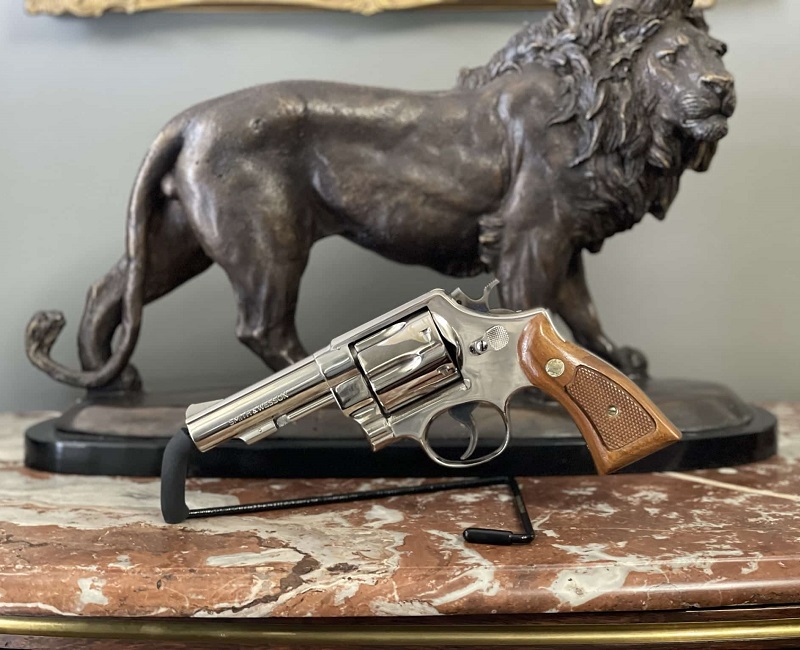 1973 S&W Model 58
1973 S&W Model 58.41 Magnum
-
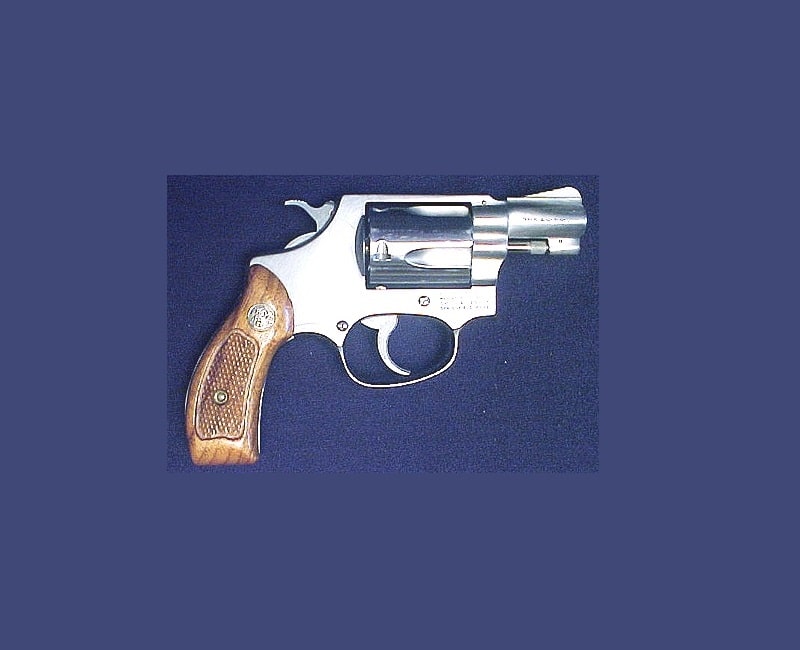 S & W Model 60
S & W Model 60.38 Chiefs Special
-
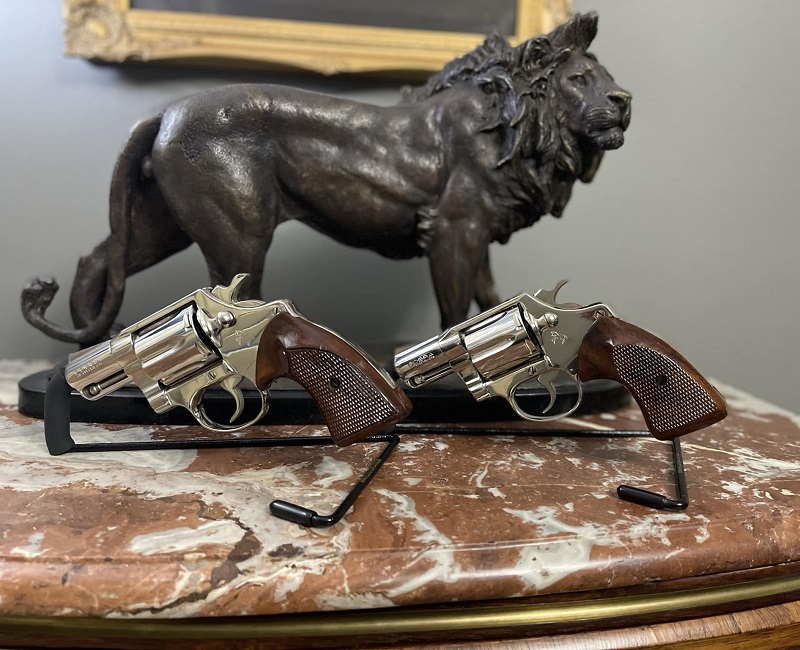 1970s Colt Cobras
1970s Colt Cobras.38 Special
-
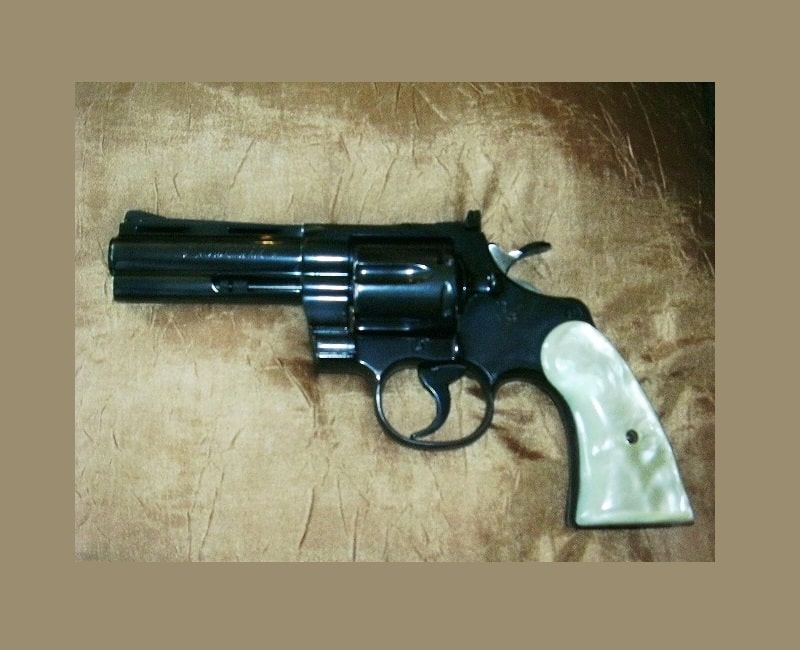 1968 Colt Python
1968 Colt PythonRoyal Blue
-
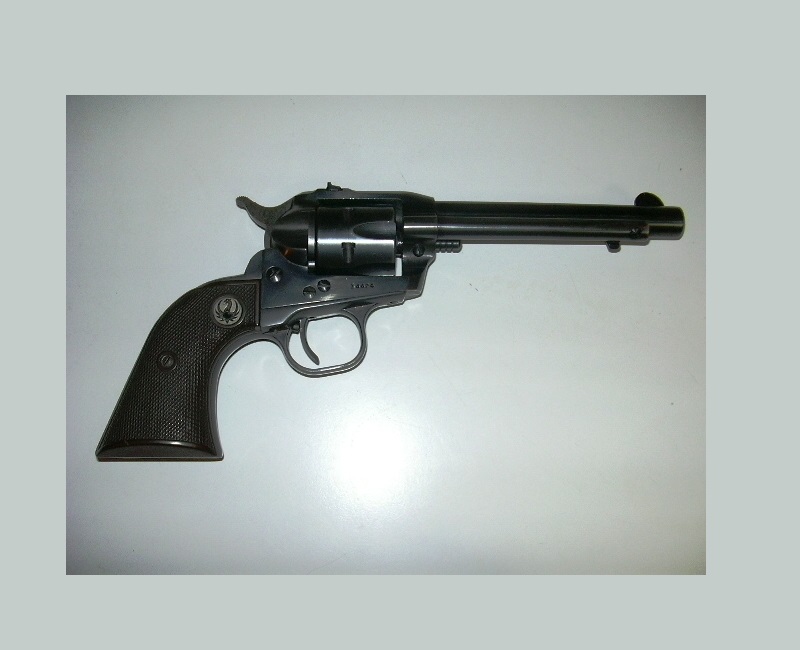 1957 Ruger Flat Gate
1957 Ruger Flat Gate.22 Long Caliber
-
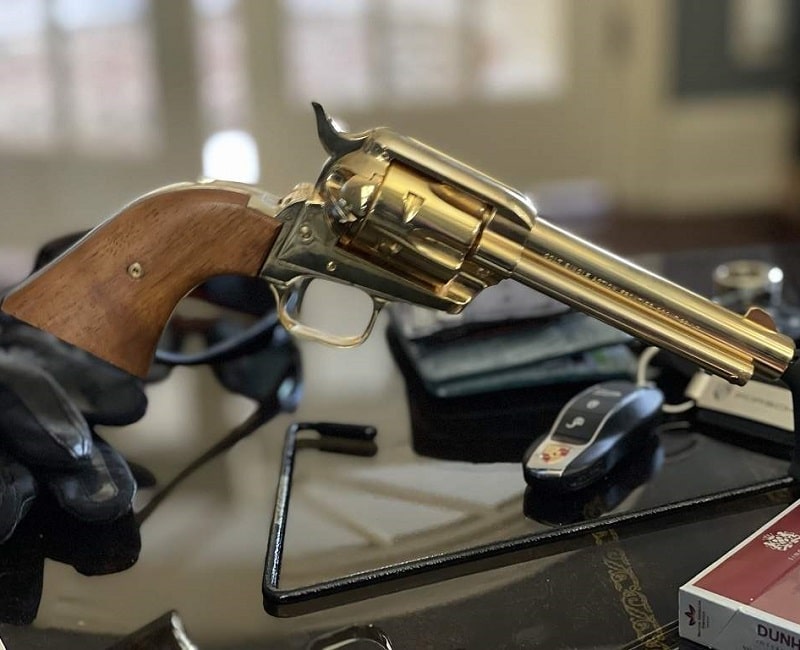 Colt 1961 Kansas Centennial
Colt 1961 Kansas CentennialSingle Action .22
-
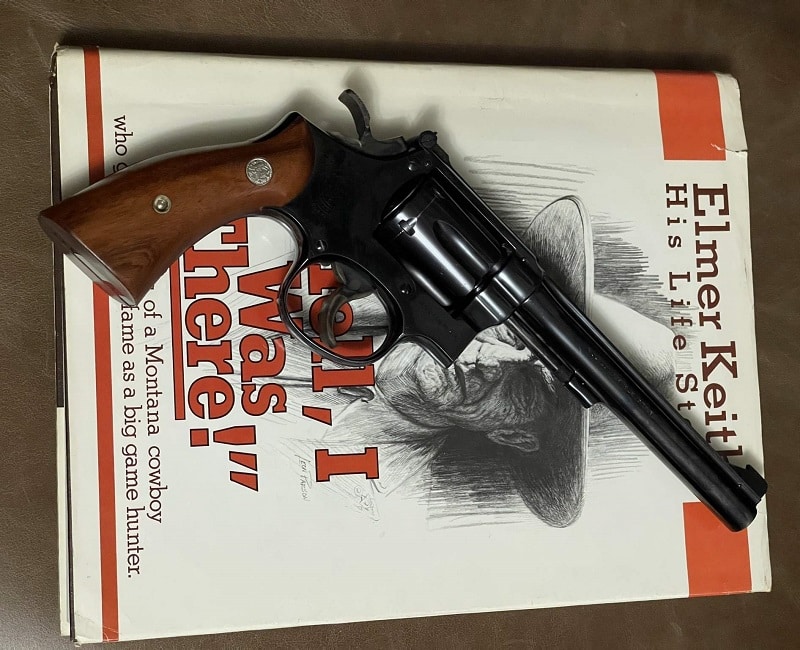 1946 S&W K-22 Masterpiece
1946 S&W K-22 MasterpieceSerial Number 250
-
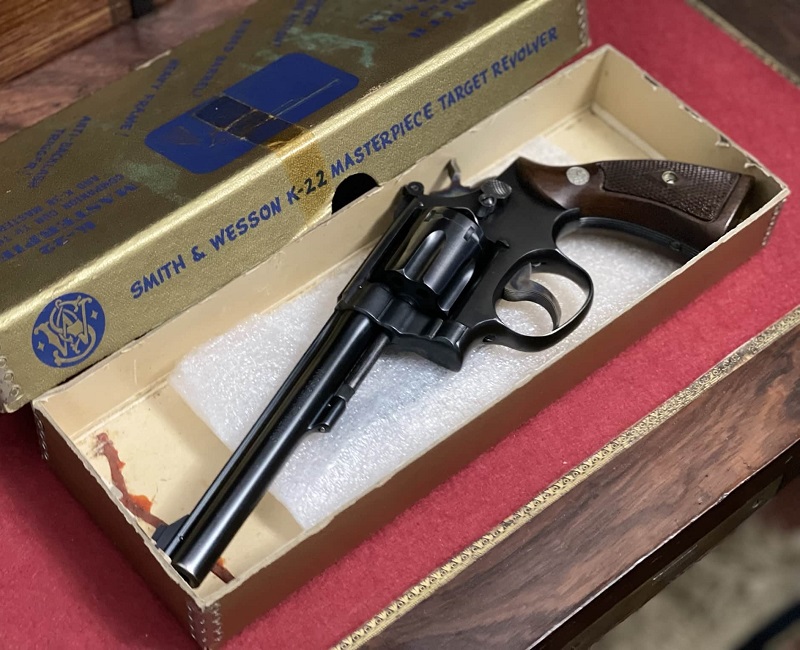 1948 K-22 Masterpiece
1948 K-22 Masterpiece3rd Model 5 Screw
-
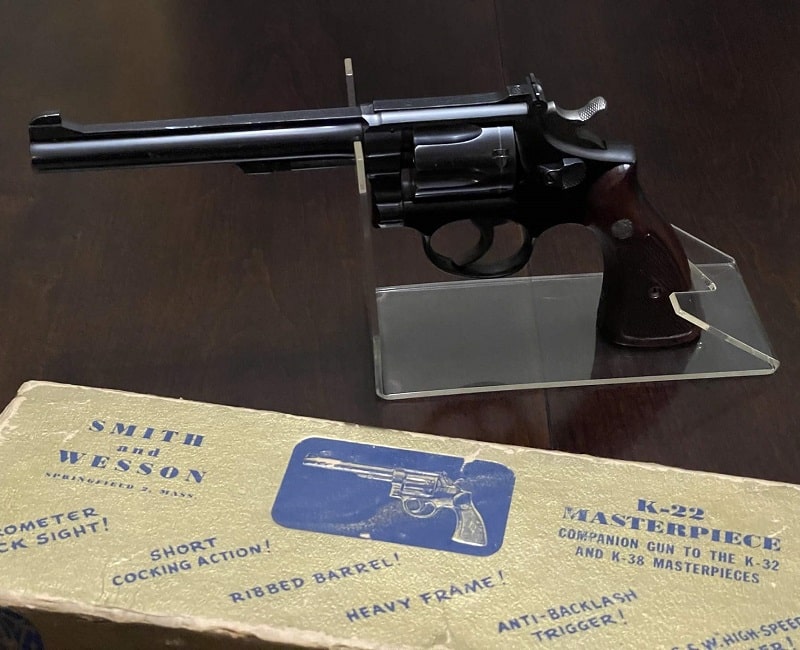 1953 K22 Masterpiece
1953 K22 Masterpiece3rd Model 5 Screw
-
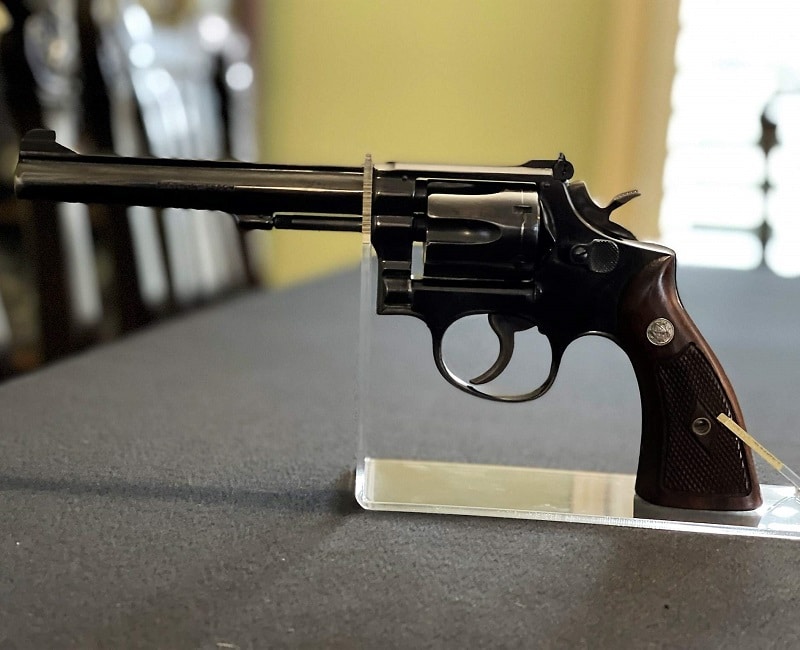 1957 K-22 Masterpiece
1957 K-22 Masterpiece4 Screw Gun
-
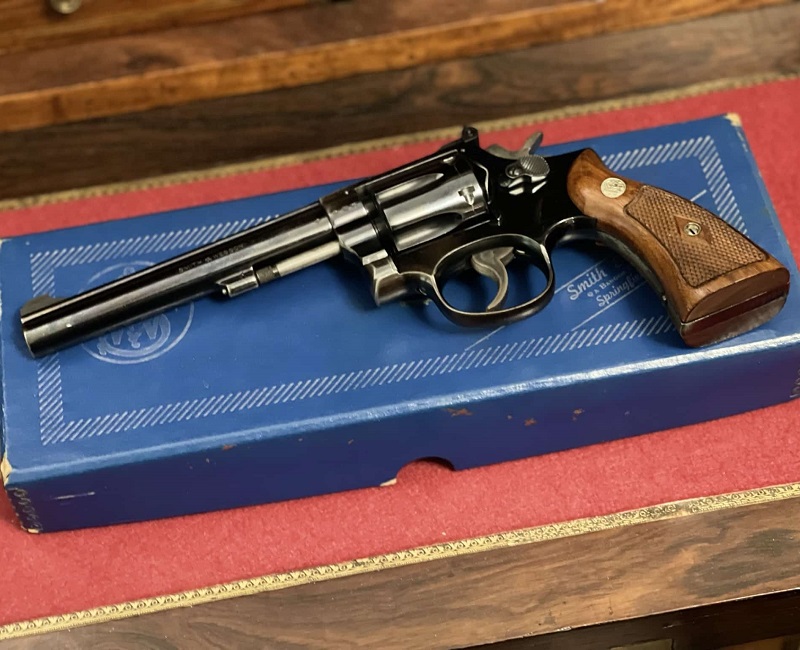 1960 Model 17-1
1960 Model 17-1Smith & Wesson
-
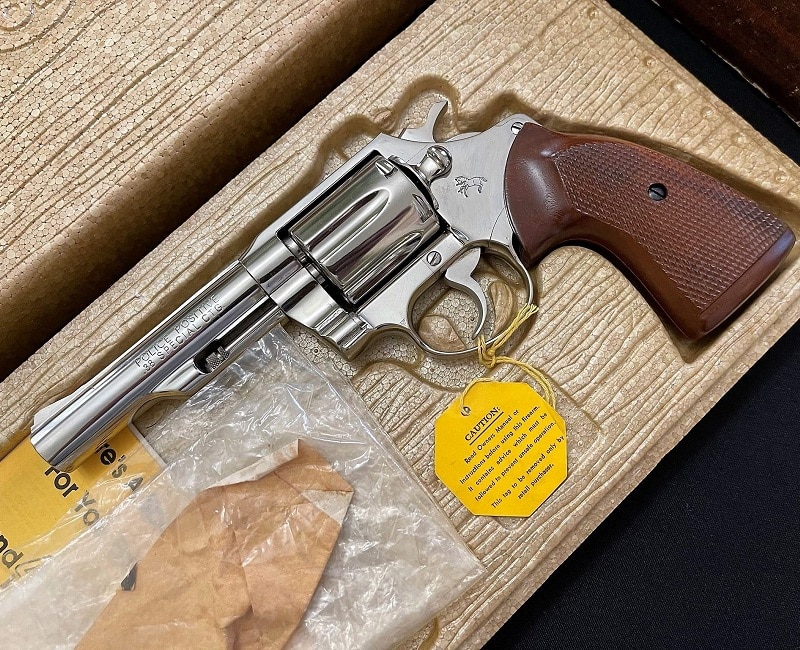 1977 Police Positive
1977 Police Positive.38 Special
-
 1972 Model 19-3 Smith & Wesson
1972 Model 19-3 Smith & Wesson.357 Magnum
-
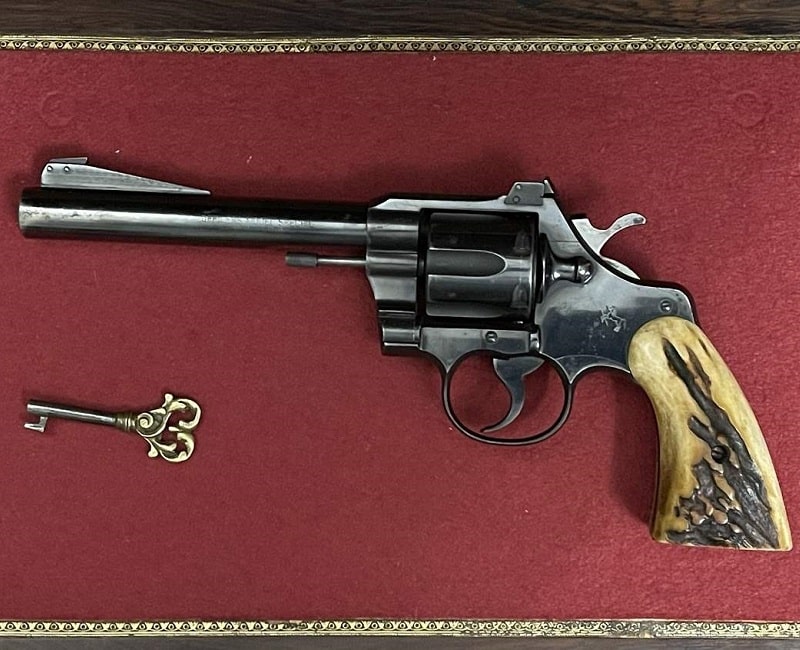 Colt Officers Model Special
Colt Officers Model Special.22 Long Rifle
-
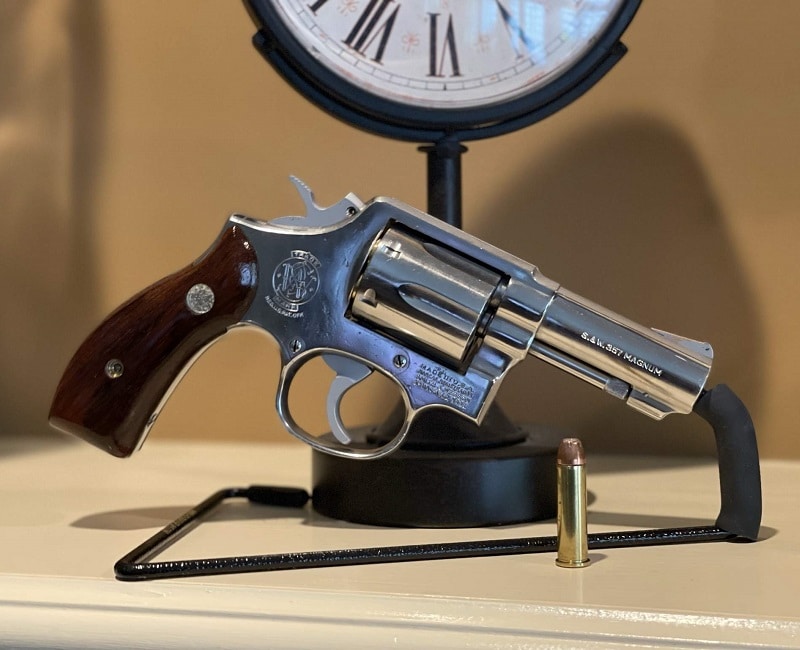 1981 S&W Model 65-3
1981 S&W Model 65-3.357 Magnum
-
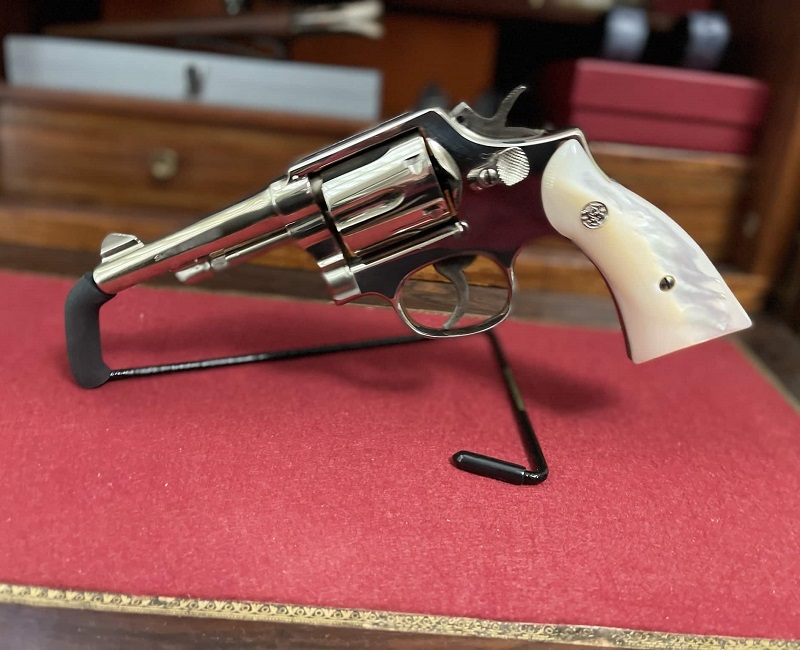 1960 S&W Model 10
1960 S&W Model 10.38 Special
-
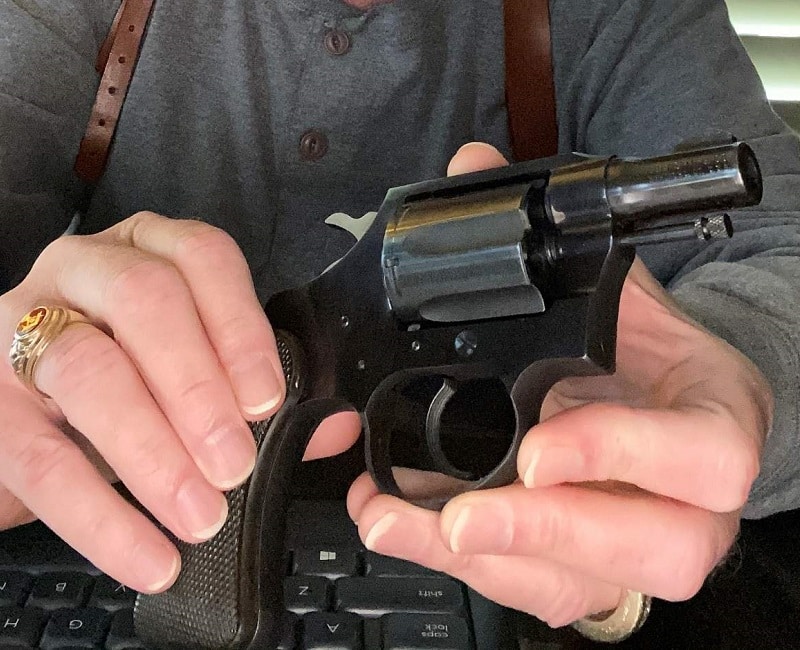 1952 Colt Detective Special
1952 Colt Detective SpecialSnub Nose .32
-
 1962 Colt Detective Special
1962 Colt Detective Special.38 Special